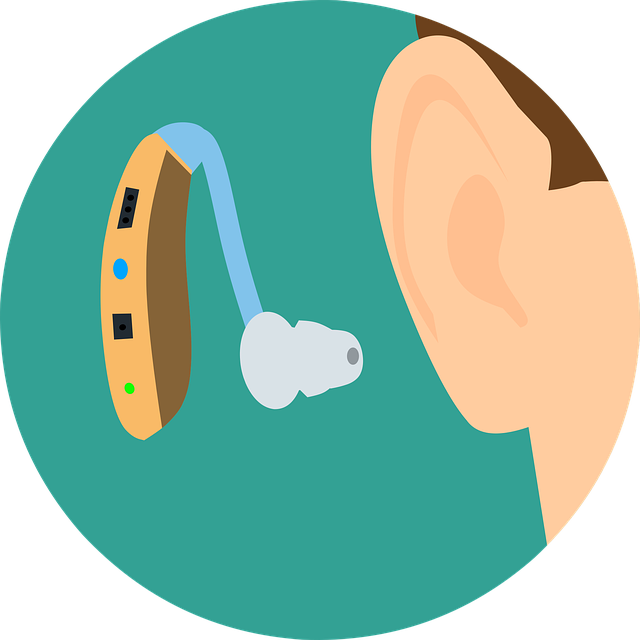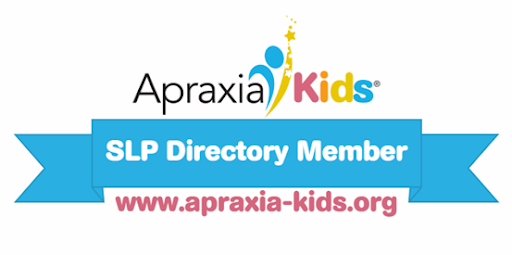
Babies and Adults in Play
According to the ASHA Wire (May 2020), a study from Princeton University suggests that babies and parents experience similar brain activity during play. According to the article which was published in Psychological Science, “the study found that during live, natural interactions of play, measurable connections occurred in the neural activity of adults and babies. Participants included 18 children (ages 9–15 months) and their parents. During the first part of the experiment, the child sat on their parent’s lap and interacted face-to-face with an adult researcher directly—playing with toys, singing nursery rhymes, or reading. In the second part, the adult researcher interacted with another adult, leaving the child to play with their parent off to the side.” They found that during one-on-one play,











